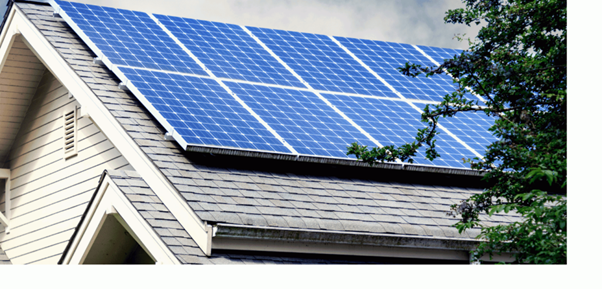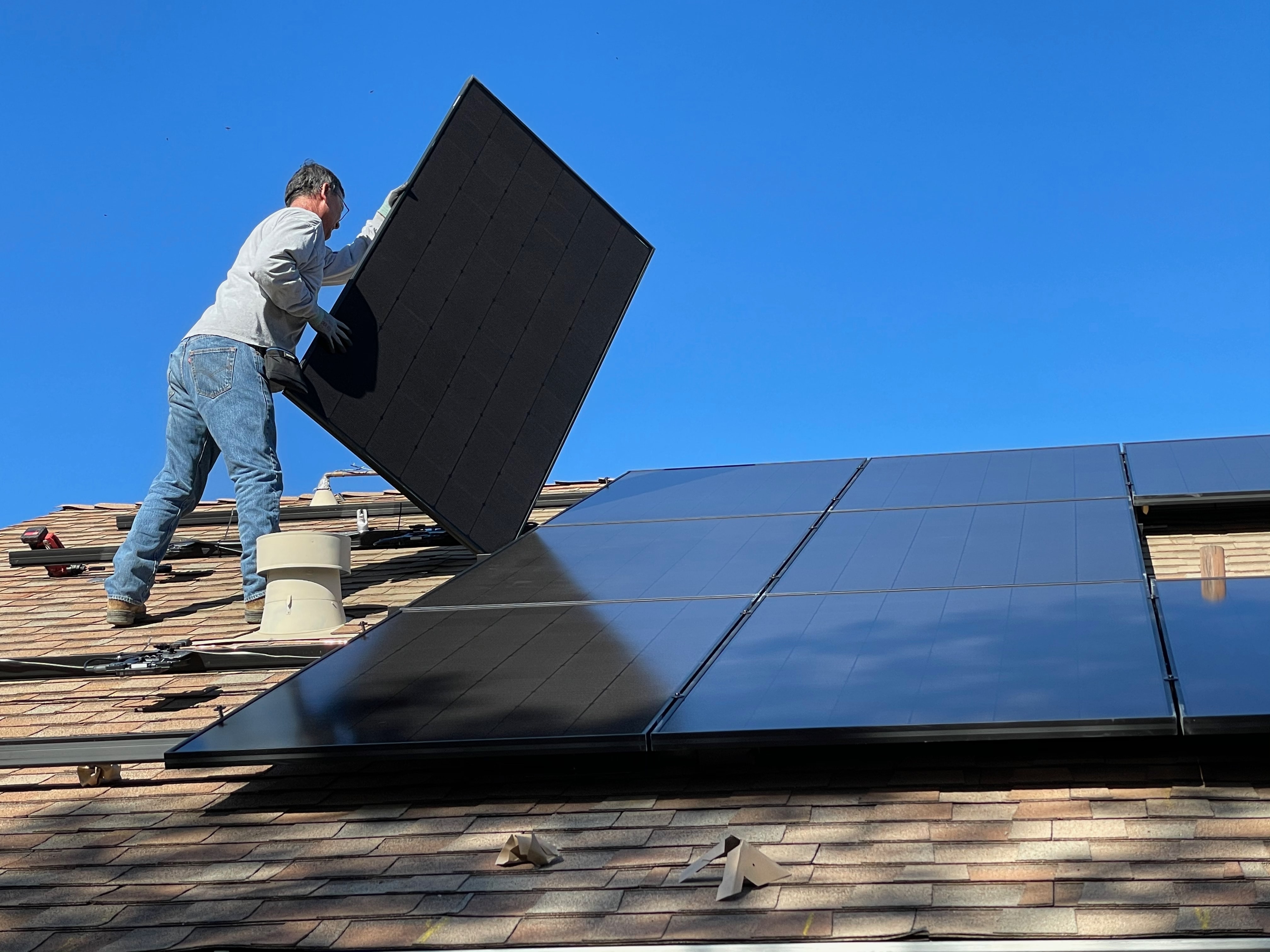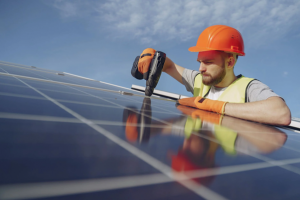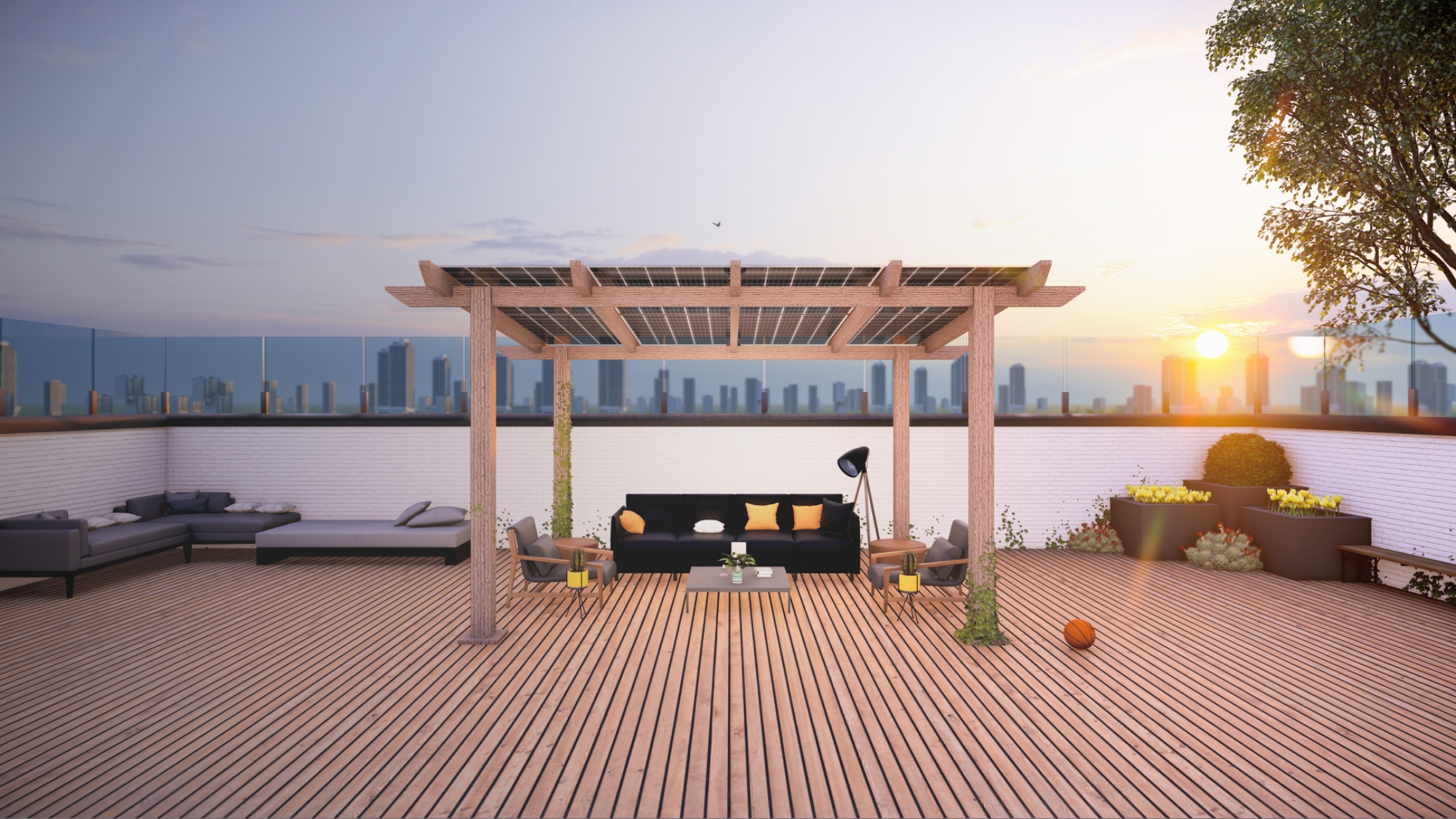Switching to Solar has become simpler with the new rooftop solar installation scheme update by MNRE.
In the recent announcement, The Ministry of New and Renewable Energy has simplified solar transition for residential consumers with a revamped solar subsidy scheme. So far, households could only take advantage of subsidy schemes for rooftop solar in India, when the system was installed by MNRE-authorized vendors.
However, the new simplified procedure will give residential solar consumers the liberty to put up their rooftop solar plant by themselves or through any solar expert of their choice and directly receive subsidy credit in their accounts in just a month. This positive development is expected to spur growth in rooftop solar adoption, as more and more household customers realize improved financial viability and affordability of solar under this program.
MNRE: The New Simplified Rooftop Scheme
The MNRE’s new simplified rooftop scheme will make solar more accessible, as the government rolls out conducive policies and regulatory frameworks. Individual solar buyers will have the freedom to select equipment like solar panels and inverters from the list of manufacturers. You won’t need to seek approval for your home solar system from the empaneled partners and can choose any rooftop solar company in India to install your solar system unit. This will give a level playing field to all the solar providers, as customers would choose providers based on their credibility.
After installing solar panels, the beneficiary just needs to notify their local DISCOM (distribution company) about the installation, to initiate the subsidy disbursement process. Another significant change is that the buyer will directly receive the subsidy payout within 30 days from installation in their own accounts rather than the installers’, which was the case earlier.
How to Claim Rooftop Solar Subsidy in India
The new simplified procedure will require the beneficiaries to register themselves on the national portal, which is expected to be launched within 6-8 weeks. The same portal will be used for the online tracking and approval of these applications. The ministry also plans to have a similar portal to operate at the DISCOM level and be linked to the national portal.
Under this revised mechanism, a household beneficiary who wishes to switch to solar electricity will apply on the national portal. The beneficiary will provide relevant information about the intended rooftop solar plant installation and bank account details to receive the subsidy amount.
The completed application will be pushed to the concerned local DISCOM and shown on the respective DISCOM portal. The DISCOM will evaluate the technical feasibility of the solar installation and issue approval within 15 working days.
After approval, you can select the rooftop solar panel installation vendor of your choice. However, you must select solar PV modules that meet the DCR (domestic content requirement), and the manufacturers should be enlisted under ALMM (approved list of models and manufacturers). Likewise, go for a J3IS-certified inverter.
The approved application also sets a deadline by which the installation must be completed, or the application will be cancelled. Consumers will then have to re-apply via the same process.
After the installation, the beneficiary applies for net metering via the national portal. The concerned DISCOM handling your application ensures the installation of net metering wherein the liability of procuring the net meter will befall upon the DISCOM company or the beneficiary himself. The related announcements will also be updated on the portal.
Lastly, the DISCOM officer will prepare a commission and inspection report, visible on both portals. A positive report will allow the transfer of the subsidy amount to your account.
The Right Time to Get Rooftop Solar
The MNRE aims to ensure solar efficiency, quality, and ongoing post-installation service for all consumers adopting solar under the new program. To that end, a set of standards and specifications will regulate rooftop solar panel systems for homes. The program will also define the format of agreement binding upon the beneficiary and the vendor. It will outline provisions, among other terms and conditions, to ensure that the rooftop solar (RTS) plant installed ticks off all safety and performance standards and mandates the solar installation companies to maintain the installed system for at least 5 years or more as specified in the agreement.
The ministry will also ensure stringent application process monitoring and define a grievance redressal mechanism to resolve customer complaints.
Under the new rooftop solar program, the government is subsidizing solar and also ensuring that you get the best value for the investment that you are going to make. Trust HomeScape by Amplus Solar to help you get the full benefit of the simplified rooftop solar scheme. As a leading residential rooftop solar company in India, we have the best rooftop solution composed of top-quality panels bi-facial solar modules, invertors, and other components.
Contact us for a consultation today.








